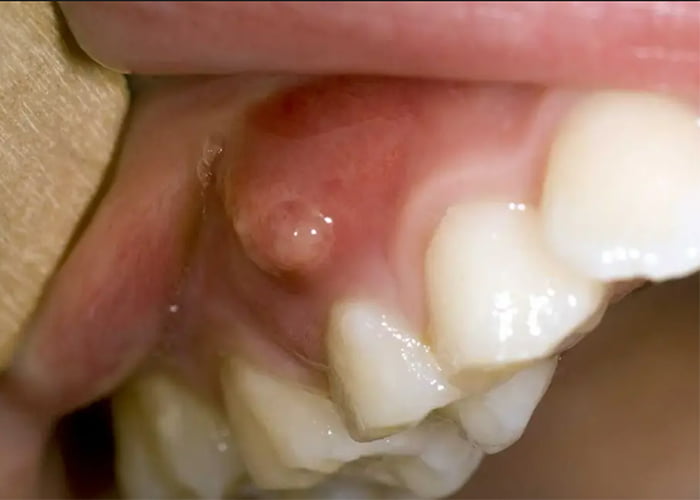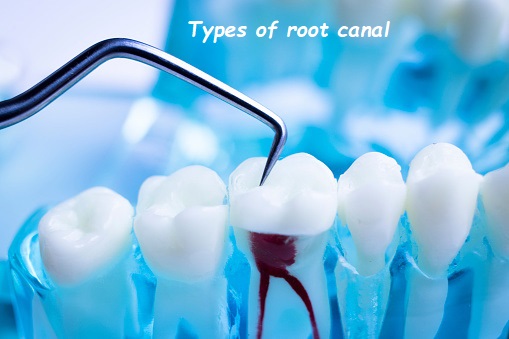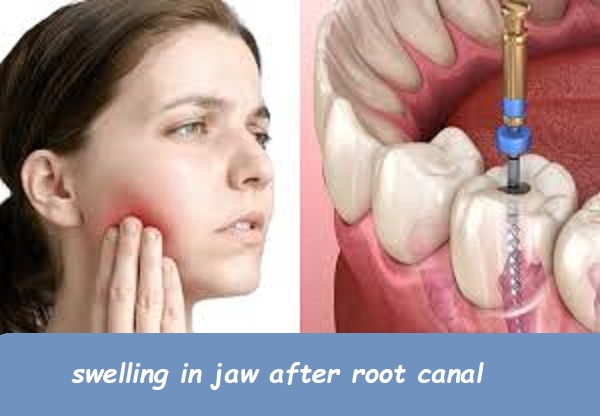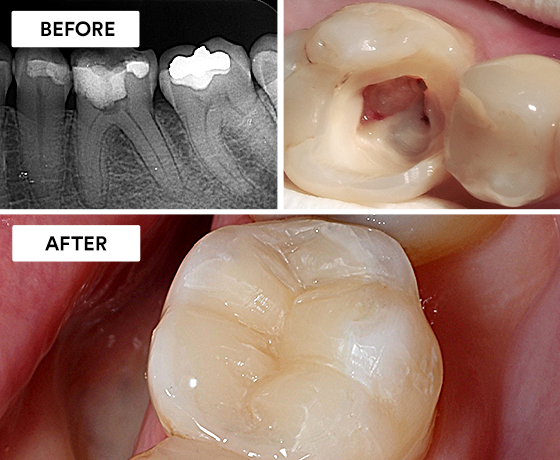Root canal facial swelling
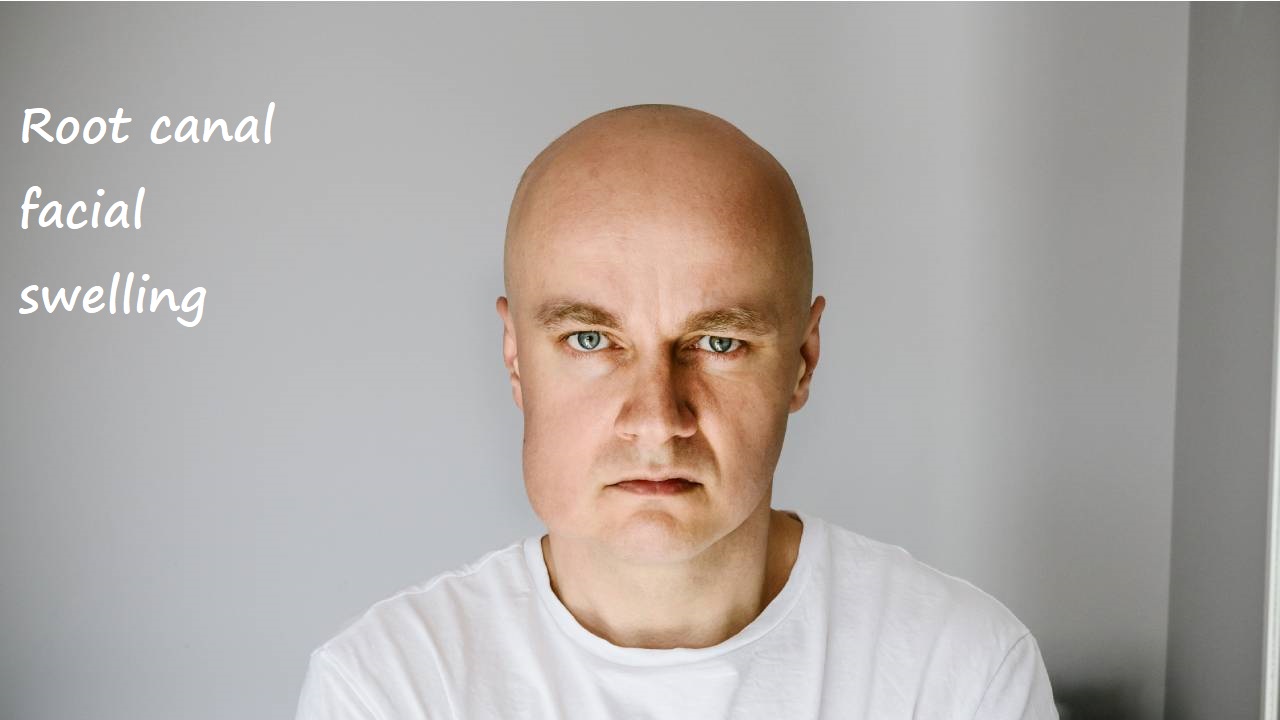
Understanding Root Canal Facial Swelling
What is a Root Canal?
Before discussing facial swelling related to root canals, let’s define a root canal. A root canal is a dental procedure used to treat infection at the center of a tooth (the root canal system). It involves removing the infected or damaged pulp, cleaning and disinfecting the inside of the tooth, and then filling and sealing it.
Why Might You Need a Root Canal?
You might need a root canal if you have a deep cavity, a cracked tooth, or issues from a previous filling. These problems can allow bacteria to reach the pulp and cause an infection, leading to severe pain and swelling.
Symptoms Indicating a Root Canal is Needed
- Severe toothache when chewing or applying pressure
- Prolonged sensitivity to hot or cold, even after the stimulus is removed
- Discoloration of the tooth
- Swelling and tenderness in nearby gums
- Persistent or recurring pimples on the gums
The Procedure
- Diagnosis: Your dentist will examine the tooth and take X-rays to determine the extent of the infection.
- Anesthesia: Local anesthesia is administered to numb the area.
- Removal of Pulp: The dentist removes the infected or damaged pulp.
- Cleaning and Disinfection: The inside of the tooth is cleaned and disinfected.
- Filling and Sealing: The tooth is filled and sealed with a rubber-like gutta-percha material.
- Restoration: The tooth is restored with a crown or filling to protect and restore its function.
Facial Swelling After a Root Canal
Why Does Facial Swelling Occur?
Facial swelling after a root canal can be alarming, but it’s not uncommon. Swelling is your body’s natural response to infection or trauma. After a root canal, the body continues to fight the infection, which can cause swelling. Other factors contributing to swelling include:
- Residual Infection: Even after cleaning, some bacteria might remain.
- Body’s Healing Response: The immune system sends white blood cells to the affected area, causing inflammation and swelling.
- Trauma from Procedure: The procedure itself can cause minor trauma, leading to swelling.
How Long Does Swelling Last?
Swelling typically peaks 48-72 hours after the procedure and should gradually decrease over the next few days. Suppose swelling persists for over a week or is accompanied by severe pain, fever, or pus. In that case, you should contact your dentist immediately as it might indicate an ongoing infection or other complications.
Managing Facial Swelling After a Root Canal
Immediate Steps to Reduce Swelling
- Cold Compress: Apply a cold compress to the affected area for 15-20 minutes every hour for the first 24 hours. This helps reduce inflammation and numb the area.
- Elevate Your Head: Keep your head elevated, even while sleeping. This helps reduce swelling by preventing fluid accumulation in the facial tissues.
- Hydrate: Drink plenty of water to help flush out toxins and reduce inflammation.
Medications
- Pain Relievers: Over-the-counter pain relievers like ibuprofen or acetaminophen can help manage pain and reduce inflammation.
- Antibiotics: If prescribed, take antibiotics as directed to help clear any remaining infection.
Home Remedies
- Saltwater Rinse: Rinse your mouth with warm salt water (1/2 teaspoon of salt in a glass of warm water) several times a day to help reduce bacteria and soothe inflamed tissues.
- Clove Oil: Apply a small amount of clove oil to the affected area. Clove oil has natural antiseptic and analgesic properties.
When to See a Dentist
- Persistent or Worsening Swelling: If swelling doesn’t improve within a few days or worsens.
- Severe Pain: If you experience severe, unmanageable pain.
- Fever: A fever can indicate a spreading infection.
- Pus or Discharge: Any discharge from the treated tooth or gums.
Preventing Complications Post-Root Canal
Follow Post-Procedure Instructions
Your dentist will provide specific instructions for following up after the procedure. Adhering to these can significantly reduce the risk of complications and promote faster healing.
Maintain Good Oral Hygiene
- Brush and Floss Regularly: Keeping your teeth clean can prevent new infections.
- Use an Antiseptic Mouthwash: This can help reduce bacteria in your mouth.
Avoid Strain on the Treated Tooth
- Soft Diet: Follow a soft diet for a few days to avoid stressing the treated tooth.
- Avoid Chewing Hard Foods: Hard foods can damage the filling or crown.
Regular Dental Check-Ups
- Follow-Up Appointments: Attend all follow-up appointments to ensure the tooth is healing properly.
- Regular Cleanings: Regular dental cleanings can help maintain overall oral health.
Understanding Potential Complications
Persistent Infection
Sometimes, a root canal may not completely clear the infection. Residual bacteria can cause persistent or recurrent infection, leading to continued swelling and pain.
Cracked or Damaged Tooth
A tooth can crack or become damaged after a root canal, especially if it’s not properly restored with a crown or filling. This can expose the treated area to bacteria, leading to infection and swelling.
Incomplete Sealing
If the filling material doesn’t completely seal the root canal, bacteria can re-enter and cause infection.
Allergic Reactions
In rare cases, individuals might have an allergic reaction to the materials used during the root canal, leading to swelling and other symptoms.
Importance of Prompt Treatment
Preventing the Spread of Infection
Prompt treatment of root canal complications is crucial to prevent the spread of infection. An untreated infection can spread to surrounding tissues, the jawbone, and even the bloodstream, leading to serious health issues.
Maintaining Oral Health
Addressing complications quickly ensures the long-term health and functionality of the treated tooth. Neglecting symptoms can lead to tooth loss and further dental procedures.
Preventing Future Dental Issues
Regular Dental Visits
- Routine Check-Ups: Regular dental check-ups can help detect and prevent dental issues before they become severe.
- Professional Cleanings: Professional cleanings remove plaque and tartar that regular brushing can’t.
Proper Oral Hygiene
- Brushing and Flossing: Brush at least twice daily and floss daily to remove plaque and food particles.
- Mouthwash: Use an antiseptic mouthwash to reduce bacteria.
Healthy Diet
- Limit Sugary Foods: Sugar can lead to cavities and other dental problems.
- Eat a Balanced Diet: Foods rich in vitamins and minerals support healthy teeth and gums.
Protecting Your Teeth
- Mouthguards: If you play sports, wear a mouthguard to protect your teeth from injury.
- Avoid Hard Foods: Avoid chewing on hard foods or objects that can crack your teeth.
The Psychological Impact of Dental Issues
Fear and Anxiety
Dental procedures, especially those involving pain and swelling, can cause significant fear and anxiety. Understanding the procedure and knowing what to expect can help alleviate some of this anxiety.
Confidence and Self-Esteem
Dental issues can affect your appearance and, consequently, your confidence and self-esteem. Successfully treating these issues can restore your smile and boost your self-confidence.
Support and Communication
- Open Communication: Talk to your dentist about your concerns and ask questions.
- Support Systems: Lean on friends and family for support during your recovery.
Conclusion
Facial swelling after a root canal can be a normal part of the healing process, but monitoring the symptoms closely is essential. By understanding the causes, following post-procedure care instructions, and maintaining good oral hygiene, you can reduce the risk of complications and promote faster healing. Remember, regular dental visits and prompt treatment of any issues are crucial for maintaining your oral health. If you experience persistent or worsening symptoms, don’t hesitate to contact your dentist for further evaluation and treatment. Taking proactive steps in your dental care can prevent future problems and ensure a healthy, confident smile.
Related to read:
Best Oral Hygiene Practices For Optimum Oral Health.
How to Whiten Teeth Naturally?
How to keep your gums healthy and disease-free?
References
To ensure the information provided is accurate and up-to-date, the following sources were referenced:
- American Dental Association. (n.d.). Plaque and Tartar. Retrieved from ADA website
- Mayo Clinic. (n.d.). Dental Plaque. Retrieved from Mayo Clinic website
- National Institute of Dental and Craniofacial Research. (n.d.). Periodontal (Gum) Disease. Retrieved from NIDCR website
Frequently Asked Questions
Can facial swelling be prevented after a root canal?
While some swelling is a natural part of the healing process, you can minimize it by following your dentist’s post-procedure instructions, using cold compresses, and taking prescribed medications.
Is it normal for swelling to increase after a root canal?
Swelling typically peaks 48-72 hours after the procedure and should gradually decrease. If swelling continues to increase or is accompanied by severe symptoms, contact your dentist.
How long should I wait to eat after a root canal?
It’s best to wait until the numbness wears off to avoid accidentally biting your tongue or cheek. Stick to a soft diet for the first few days to avoid putting stress on the treated tooth.
Can I exercise after a root canal?
To reduce the risk of increased swelling and bleeding, avoid strenuous exercise for the first 24-48 hours after the procedure.
What should I do if my tooth feels different after a root canal?
It’s normal for the treated tooth to feel slightly different, especially if you have a new filling or crown. However, contact your dentist if you experience severe pain or the tooth feels loose.
Taking care of your oral health doesn’t have to be a daunting task. You can keep your smile bright and healthy by staying informed and proactive. Have you ever experienced facial swelling after a dental procedure? How did you manage it? Share your experiences and tips in the comments below!


